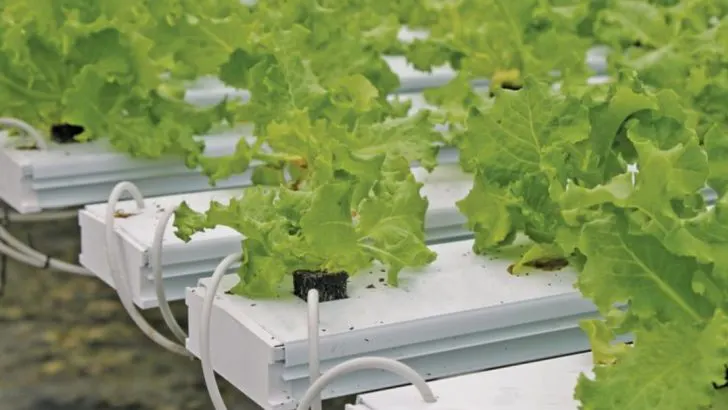Hydroponic gardening is a game-changer for growing plants efficiently—without soil! Whether you’re a beginner or looking to improve your system, understanding the right techniques can help you achieve stronger, healthier plants and higher yields.
In this article, we share 15 must-know tips for successful hydroponic gardening. From choosing the right nutrients and maintaining pH balance to proper lighting and preventing common issues, these expert tips will set you up for success. Whether you’re growing herbs, vegetables, or flowers, these strategies will help you maximize growth and enjoy a thriving hydroponic garden year-round!
Understand Your System
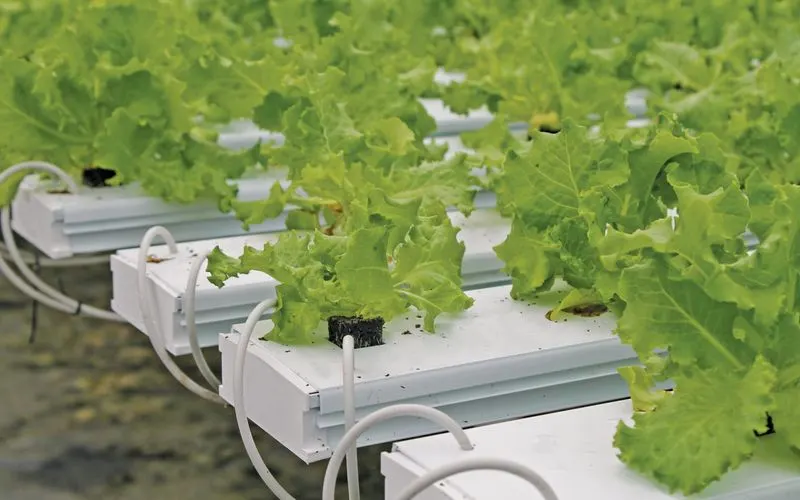
Selecting the right hydroponic system is crucial. Consider factors like space, budget, and plant types. Systems like Deep Water Culture or Nutrient Film Technique each offer unique benefits. Researching these options will help you identify the best fit for your needs and ensure a fruitful setup. It’s essential to fully understand how your chosen system operates to maximize efficiency and growth. Investing time in learning will pay off in the long run, as you’ll be better prepared to handle challenges and optimize plant health. Don’t rush this step; informed decisions lay the foundation for success.
Choose Quality Nutrients
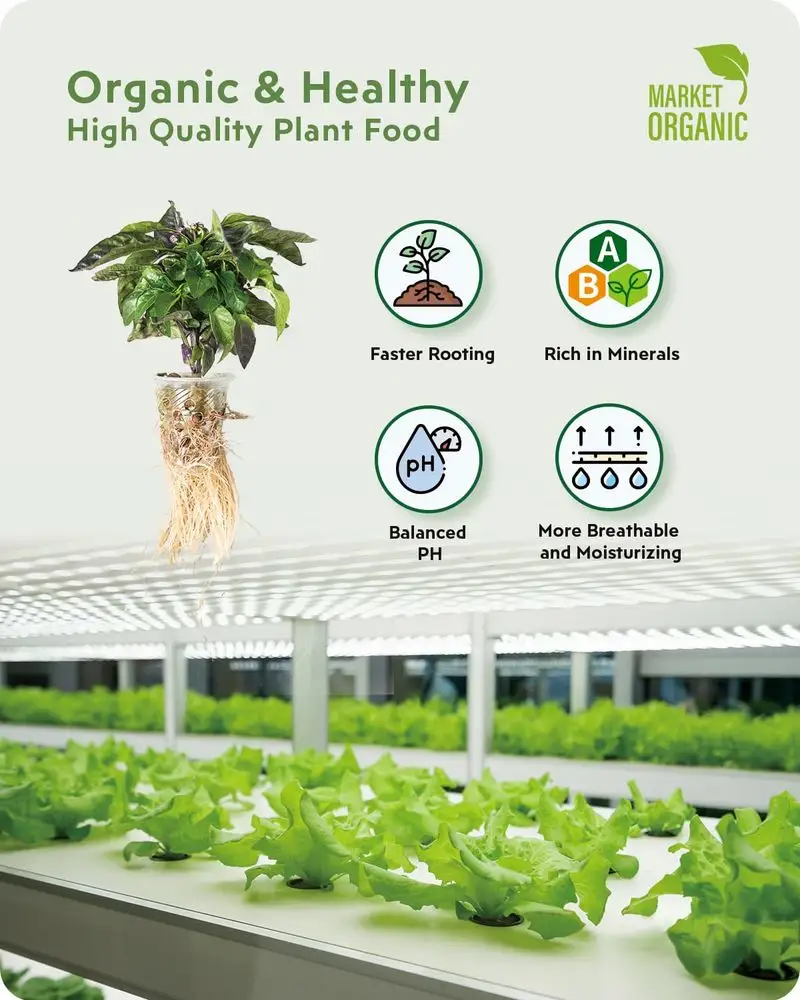
Nutrients are the lifeblood of any hydroponic garden. Selecting high-quality nutrient solutions tailored to your plant’s needs is vital. Look for well-balanced options containing essential minerals and elements. These solutions should match the growth stages of your plants. By investing in quality nutrients, you ensure robust growth and yield. Mixing nutrients incorrectly can have adverse effects, so follow instructions meticulously. Regular monitoring of nutrient levels is also necessary to maintain the right balance. Nutrients influence everything from growth speed to fruit quality, so choose wisely for the best outcomes.
Maintain Optimal pH Levels

pH levels play a significant role in nutrient absorption. Keeping this level in the right range is crucial for plant health. Most plants thrive in a pH range of 5.5 to 6.5. Regularly testing and adjusting the pH ensures that your plants can absorb nutrients efficiently. Using a reliable pH meter simplifies this process. When adjustments are needed, do so gradually. Quick fixes can lead to stress or shock in plants. Consistency in pH levels keeps your plants healthy and vibrant, preventing nutrient lockout and promoting robust growth.
Monitor Water Quality
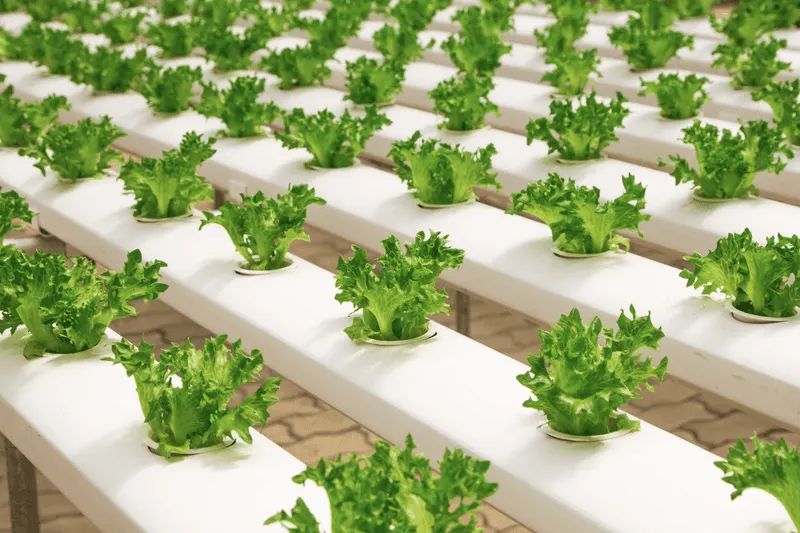
Water is the foundation of hydroponic gardening. Its quality directly impacts plant health. Regular testing for contaminants like chlorine or heavy metals is essential. Using filtered or distilled water can prevent potential issues. Monitoring for changes in water quality should become a routine task. Poor water quality can lead to nutrient imbalances or plant diseases. By ensuring clean water, you’re safeguarding the health of your hydroponic system. Remember, water isn’t just a medium; it’s a vital part of your plant’s environment that requires attention and care.
Control Temperature and Humidity
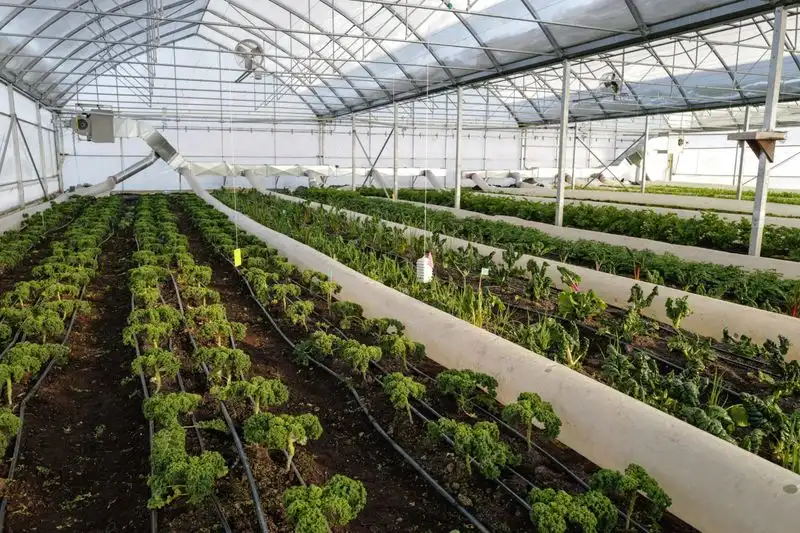
Temperature and humidity control are crucial in a hydroponic environment. Keeping these elements within optimal ranges prevents issues like mold or nutrient deficiencies. Invest in reliable thermometers and hygrometers to monitor these conditions. Both temperature and humidity affect plant metabolism and growth rates. Sudden changes can stress plants, leading to poor health. Consistent monitoring allows you to make informed adjustments, ensuring a stable indoor climate. Proper airflow and ventilation also play a role in maintaining these conditions, supporting a healthy growth environment.
Provide Adequate Lighting
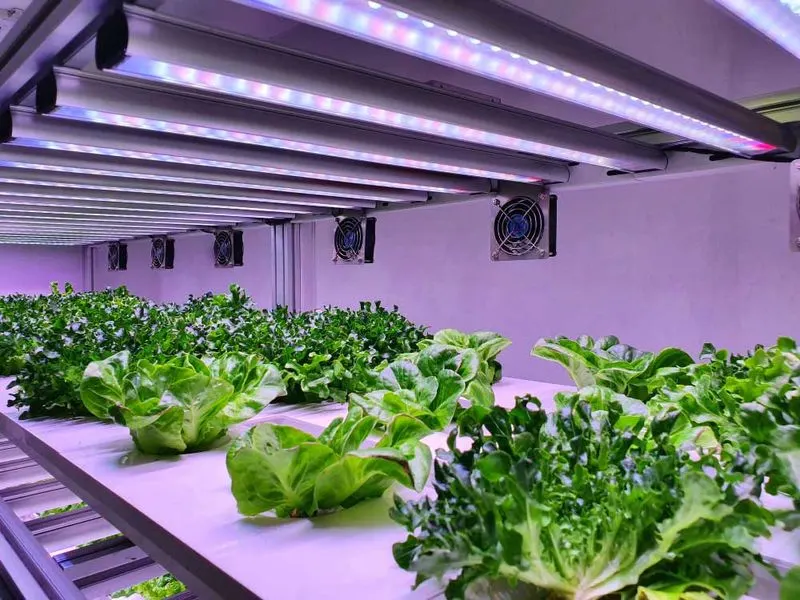
Lighting is a fundamental aspect of hydroponic gardens. Plants need adequate light for photosynthesis, especially indoors. Choose the right type of grow lights, such as LED or fluorescent, to match your plants’ requirements. These lights should be placed at appropriate distances to avoid burning or insufficient exposure. Adjusting light cycles according to plant stages promotes healthy growth. Be mindful of energy consumption and costs as well. Good lighting simulates natural conditions, enabling plants to thrive even without sunlight.
Ensure Proper Ventilation
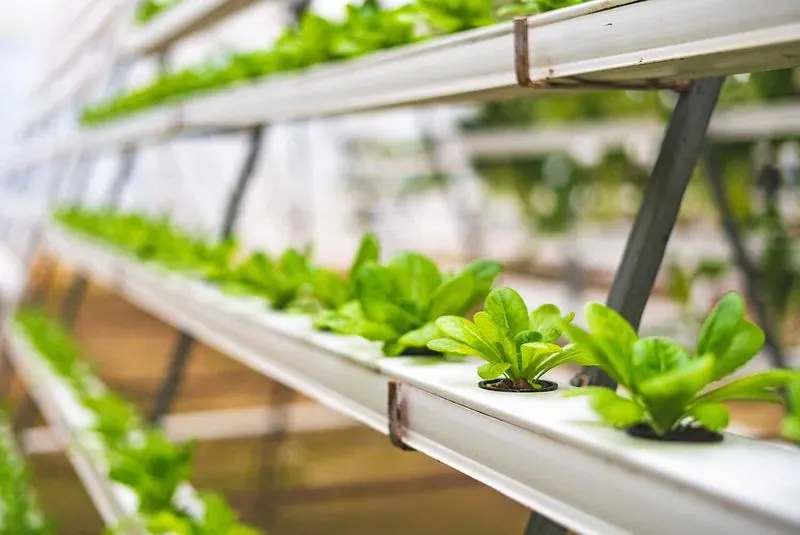
Ventilation prevents the buildup of heat and humidity, both of which can harm plants. Good airflow reduces the risk of mold and diseases by keeping the plant environment balanced. Position fans strategically to ensure even air distribution. This approach not only helps regulate temperature but also strengthens plant stems. A well-ventilated space mimics natural outdoor conditions, promoting resilience and robust growth. Regular checks on ventilation systems help maintain their efficiency, contributing to overall plant health and vigor.
Space Plants Correctly
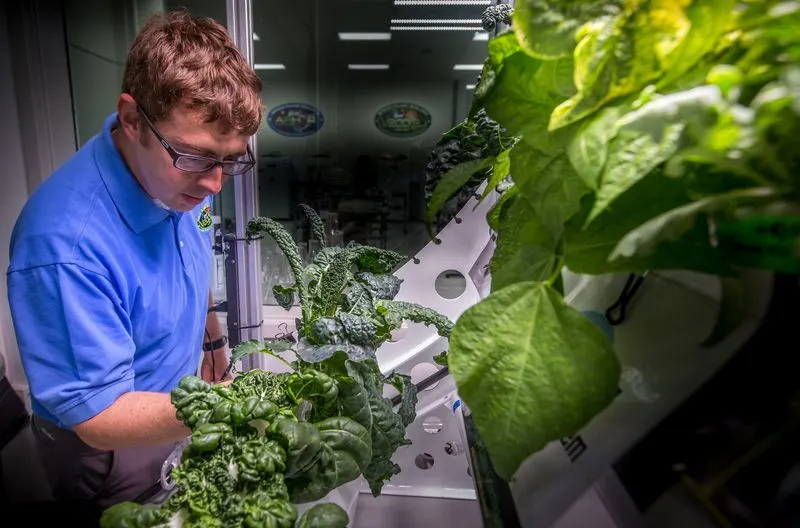
Spacing affects plant growth and resource allocation. Overcrowding leads to competition for light, nutrients, and air, which can stunt development. Calculating the right distance between plants encourages optimal growth and maximizes yields. Each plant should have enough room to expand without interference. Adjust spacing according to the specific needs of your plant species. Proper spacing also facilitates easy maintenance and monitoring of plant health. By giving your plants room to breathe, you promote a thriving hydroponic garden that capitalizes on every square inch.
Keep Pests at Bay
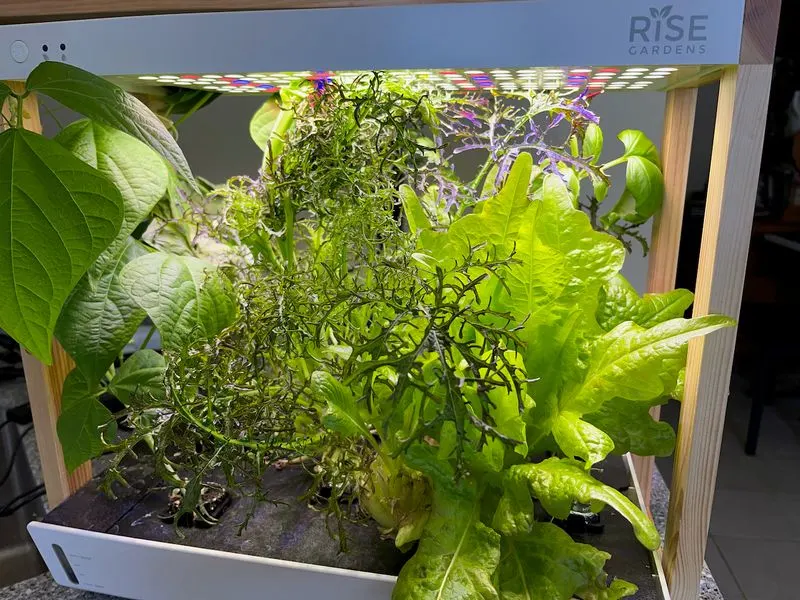
Even hydroponic gardens aren’t immune to pests. Regular inspection and early detection are your best defense. Use natural deterrents like neem oil or introduce beneficial insects such as ladybugs. Ensuring that your garden remains free from pests helps maintain plant health and productivity. Implementing proper sanitation practices keeps potential infestations at bay. Remember, prevention is more effective than dealing with a full-blown infestation. Keeping your plants healthy and stress-free minimizes the likelihood of pest issues, ensuring a successful gardening venture.
Regularly Prune and Train
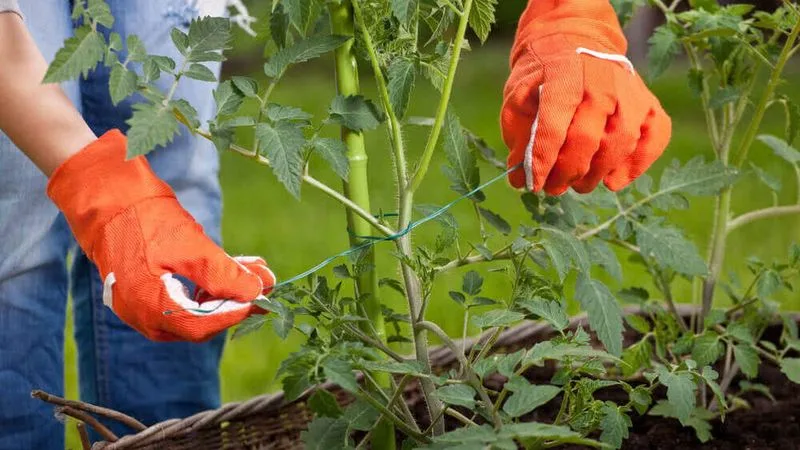
Pruning and training your plants can lead to more fruitful yields. Removing dead or excessive growth redirects energy to healthier areas. Training techniques like trellising support plants and help them reach optimal light exposure. Regular pruning fosters better air circulation, reducing disease risks. It also facilitates easier access for maintenance and harvesting. Thoughtful pruning and training encourage stronger, more productive plants. By dedicating time to these practices, you enhance your garden’s overall efficiency and output, paving the way for bountiful harvests.
Monitor Nutrient Levels
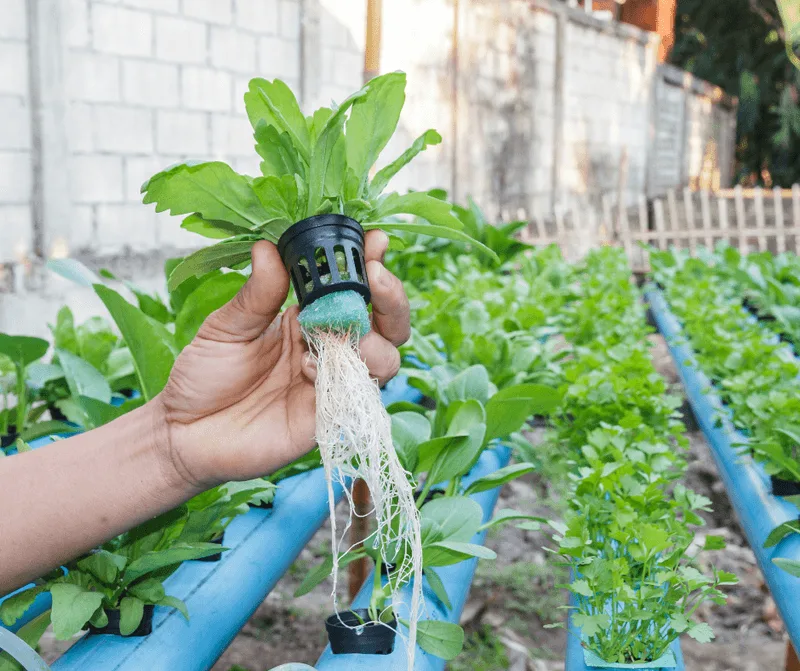
Nutrient levels are a pivotal aspect of plant health. Regular monitoring ensures that your plants receive the right amount of essential elements. Invest in a reliable nutrient meter for accurate readings. Imbalances can lead to nutrient deficiencies or toxicities, impacting growth and yields. By keeping tabs on these levels, you maintain a stable environment conducive to thriving plants. Adjustments should be made as needed, taking into account plant growth stages and specific requirements. Consistent monitoring and adjustments are key to maintaining a flourishing hydroponic ecosystem.
Automate Your System
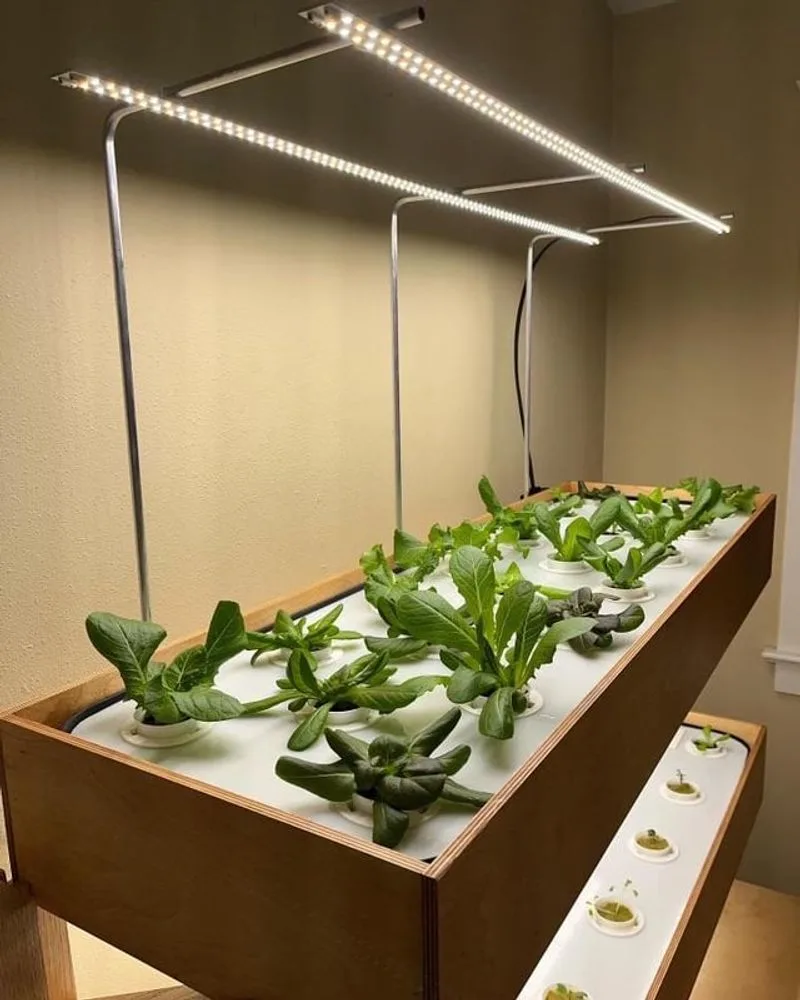
Automation can transform your gardening experience by reducing manual labor. Tools like timers, sensors, and automated feeders ensure consistent care, even when you’re away. These technologies provide precision in watering, lighting, and nutrient delivery. Automation not only saves time but also minimizes human error, enhancing plant health and yields. Investing in automation simplifies gardening tasks, allowing you to focus on other aspects of care. While setup may require an initial investment, the long-term benefits in efficiency and productivity make it worthwhile.
Rotate Crops
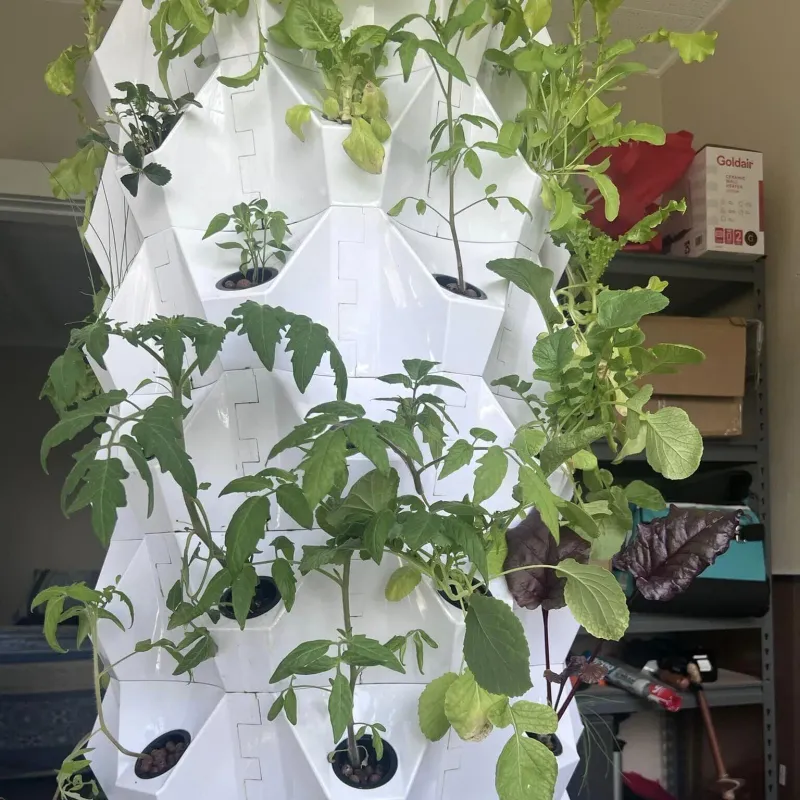
Rotating crops in a hydroponic garden prevents nutrient depletion and pest build-up. By changing plant types, you disrupt pest life cycles and improve soil health. This practice helps in maintaining a balanced nutrient profile and reduces the risk of diseases. Crop rotation also allows for better resource management, promoting sustainable gardening practices. Planning and implementing a rotation schedule fosters a dynamic and resilient garden. This proactive approach leads to healthier plants and a more productive system.
Plan for Expansion
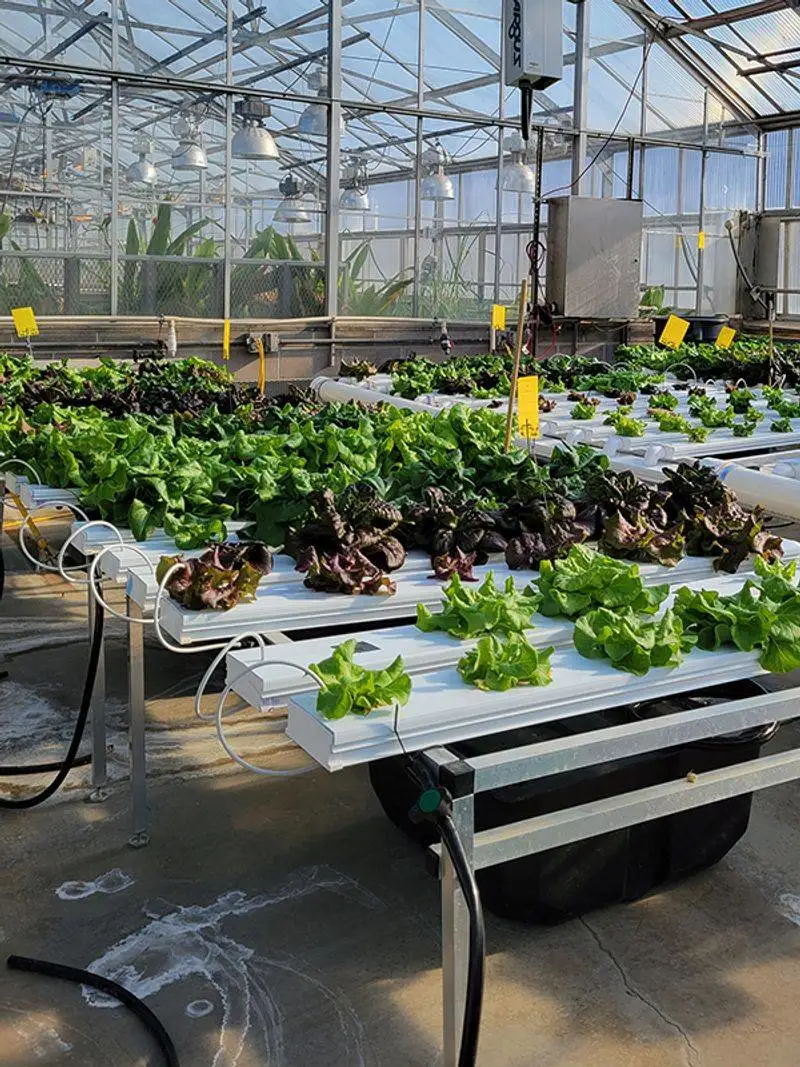
Planning for future expansion keeps your hydroponic system adaptable to growing needs. Consider the resources required, such as space, equipment, and nutrients. Expanding gradually allows for smoother transitions and avoids overwhelming your current setup. It also provides opportunities to experiment with different plants and systems. By anticipating growth, you can make informed decisions on investments and improvements. Thoughtful planning ensures that your garden remains scalable and sustainable, accommodating new challenges and opportunities.
Stay Informed and Experiment
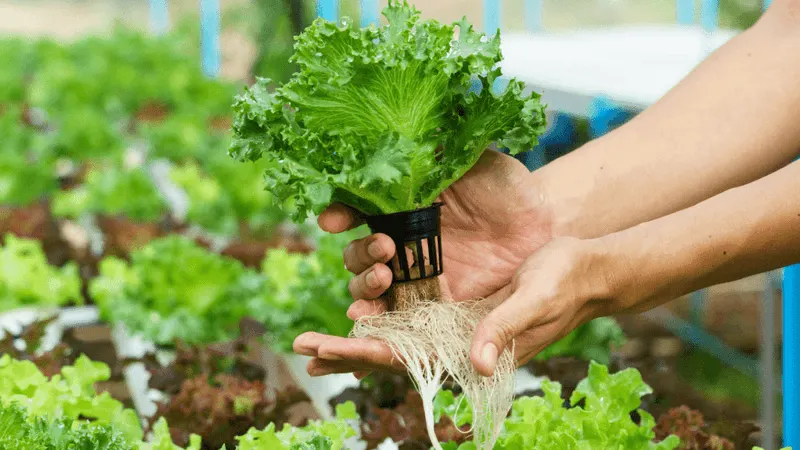
Continuous learning keeps you ahead in hydroponic gardening. Stay updated with the latest techniques, and don’t hesitate to experiment with your setup. Trying new methods can lead to improved productivity and innovation. Engaging with online communities and resources provides support and inspiration. Keeping an open mind and being willing to adapt fosters a dynamic and responsive gardening practice. Embrace learning as a journey, not just a destination, ensuring that your hydroponic garden continues to thrive and evolve.

